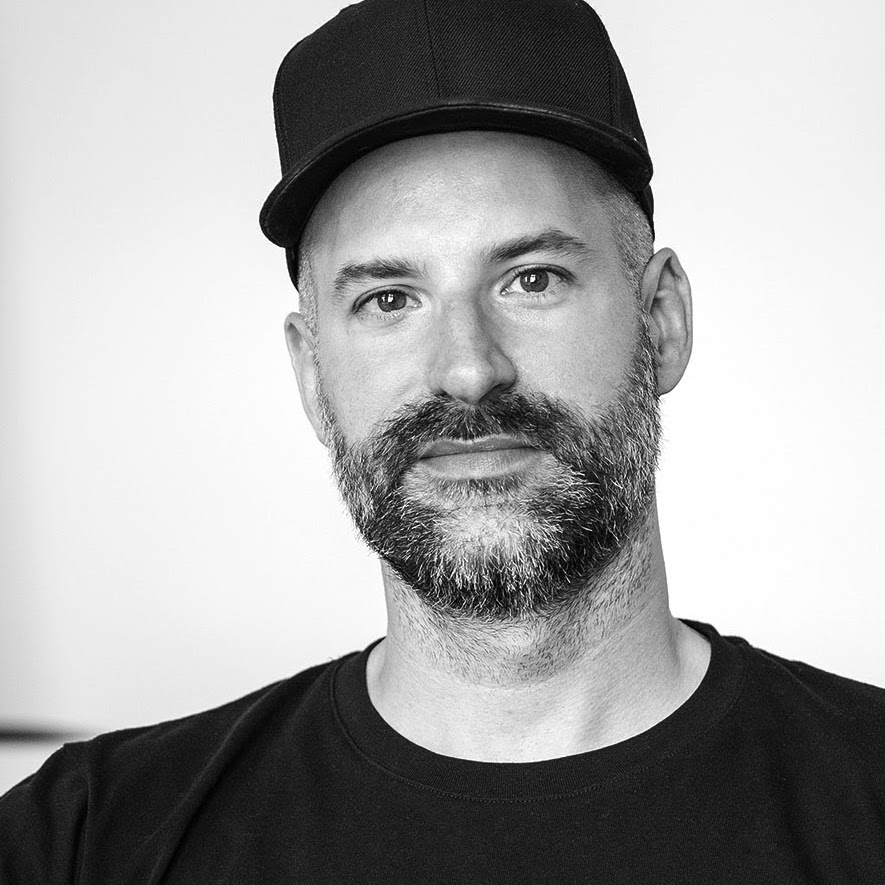Key Takeaways
Ineffective communication is a primary cause of workplace failures, with 86% of employees citing it as a key issue.
Defining clear roles and responsibilities is the most effective way to reduce ambiguity and can increase team productivity by up to 25%.
Adopting asynchronous communication practices is crucial for hybrid teams, as 68% of employees report a lack of uninterrupted focus time.
The shift to hybrid work promised flexibility but delivered a complex communication puzzle for many. In Germany, a study of 420 participants revealed that in-person teams still communicate significantly more often than virtual ones. This gap creates information silos and fuels overload, turning daily work into a battle against digital noise. This isn't just another article; it's a hero's journey for your team. We'll show you how to conquer the chaos with a clear framework, turning your team into a focused force. With the right organizational development, you can make communication in hybrid teams your greatest strength.
Diagnosing the Disconnect in Hybrid Operations
The modern workplace often suffers from a quiet productivity drain. Ineffective communication costs U.S. businesses an average of $12,506 per employee annually. This isn't just about missed emails; it's about systemic friction. A staggering 86% of employees and executives cite poor collaboration as a primary cause of workplace failures.
For Team Architects, the challenge is magnified in a distributed setting. A recent study found that in-person teams in Germany communicate more frequently than their virtual counterparts, creating an inherent disadvantage. This communication gap can lead to project failure one-third of the time. This reality demands a move beyond simply adding more tools. It requires a fundamental shift in how team structures are designed and managed.
Building a Foundation of Clarity with Defined Roles
The antidote to communication chaos is absolute clarity. When teams have clearly defined roles and responsibilities, ambiguity decreases by over 50%. This is the core of effective hybrid team management. Instead of asking who does what, team members can focus their energy on execution, boosting productivity by up to 25%.
This is where your team's hero journey begins, with a tool designed for clarity. teamdecoder helps you map out every role, task, and dependency, creating a single source of truth. Teams using this approach report a 30% reduction in unnecessary meetings. This clear architecture ensures every member, whether remote or in-office, understands their contribution. This clarity transforms the entire dynamic of communication in hybrid teams.
Mastering Asynchronous Flow for Deeper Work
Constant real-time interruptions are a major barrier to productivity. Microsoft reports that 68% of employees lack the uninterrupted focus time they need. Adopting an asynchronous-first mindset for asynchronous communication protects your team's most valuable resource: attention. This shift empowers people to engage thoughtfully instead of reactively.
Here are four ways to implement this for your team:
- Our Playful Tip: Replace status meetings with shared documents that are updated weekly.
- Our Playful Tip: Use recorded video messages for updates that don't require immediate discussion, cutting down meeting time by 15%.
- Our Playful Tip: Establish clear response time expectations-like 24 hours for non-urgent requests.
- Our Playful Tip: Use collaborative platforms where conversations are threaded by topic, not lost in a single channel.
Deep Dive: Asynchronous work isn't about ignoring people; it's about respecting their time. A 2021 survey showed 52% of employers saw increased productivity after the shift to remote and asynchronous-friendly work. This approach builds a calmer, more productive environment for everyone.
Integrating AI Agents into Your Team Structure
The next frontier for hybrid teams is the integration of human and AI agents. By 2025, it is projected that AI will be a coworker for over 90% of knowledge workers. To make this partnership work, clarity in roles and responsibilities is non-negotiable. Defining what tasks an AI agent owns versus what a human oversees is a critical exercise in new leadership.
Effective AI agent integration relies on the same principles as managing a human team. You must define its purpose, inputs, and expected outputs with precision. Teams that clearly document AI roles see a 40% faster adoption rate of new automation tools. This proactive approach to organizational development prevents confusion and ensures technology serves the team's goals. This structured approach is essential for scaling your team's capabilities.
Cultivating Trust Across Physical Distances
Trust is the currency of high-performing hybrid teams. According to Forbes, over 40% of workers report a decline in trust when communication is poor. Clear, documented roles and transparent processes are the bedrock of that trust. When everyone knows what is expected, it reduces the anxiety and potential for misunderstandings that erode team cohesion.
This transparency directly impacts retention and well-being. Companies with high trust levels see 31% lower employee turnover rates. By creating a clear operational framework, you foster an environment of psychological safety where team members feel secure. This foundation of trust is what enables sustainable team development in hybrid teams.
An Architect's Playbook for Hybrid Communication
As a Team Architect, you can steer your team from chaos to clarity. In a survey across Europe, effective communication was named the number-one skill for hybrid teamwork. You can try teamdecoder for free to start building this capability. Here is a checklist to guide your efforts in facilitating better meetings:
- Audit your current communication tools and eliminate redundancies, which can save up to 10% of subscription costs.
- Define the primary channel for different types of communication (e.g., chat for urgent, email for formal).
- Create a team agreement that outlines communication expectations, including availability and response times.
- Schedule regular, purposeful in-person gatherings, as they can boost decision-making effectiveness by 30%.
- Download the "Dream Team Builder" to structure your next workshop. Dream Team Builder guide
This structured approach ensures your communication strategy is intentional, not accidental. See our pricing.
More Links
Wikipedia provides a general overview of remote work.
German Federal Ministry of Labour and Social Affairs offers a press release on occupational safety recommendations for hybrid screen work.
German Federal Statistical Office provides information on home office, including statistics and trends.
Fraunhofer IAO presents an article on the future of work, focusing on hybrid models and new office needs.
BAuA (Federal Institute for Occupational Safety and Health) offers a publication on hybrid, location-flexible, and multi-local work.
DGUV (German Social Accident Insurance) provides an article with tips for leadership in hybrid working environments.
IFO Institute presents an article indicating that the majority of companies observe similar productivity in office and home office settings.
Bitkom (German Association for Information Technology, Telecommunications and New Media) offers a report on mobile and hybrid work.
DGFP (German Society for Personnel Management) provides a roadmap for the 'New Normal' in work environments.
Bertelsmann Foundation publishes a report on coworking in rural areas.
FAQ
How does teamdecoder help with communication in hybrid teams?
teamdecoder provides a platform to visually map out and define every team member's roles, responsibilities, and workflows. This creates a single source of truth that reduces ambiguity, clarifies expectations, and minimizes the friction that leads to poor communication.
Can this framework be applied to any industry?
Yes, the principles of clear communication and defined roles are universal. Whether you are in tech, consulting, or creative industries, building a clear team structure is the foundation for effective collaboration in any hybrid environment.
How long does it take to see results?
Teams often report feeling an immediate sense of clarity within the first week of defining their roles. Measurable improvements in productivity and a reduction in unnecessary meetings are typically observed within the first month.
Is this approach suitable for small start-ups?
Absolutely. For start-ups, establishing clear roles from day one is crucial for scaling effectively. It prevents the accumulation of 'organizational debt' and ensures that as the team grows, communication remains efficient and transparent.
What is the role of leadership in improving hybrid communication?
Leadership plays a critical role. Leaders must champion the move to a more structured communication framework, model asynchronous-first behaviors, and invest in the right tools and training to support their teams.
How do you handle communication with new AI agents on the team?
Treat AI agents like any other team member by clearly defining their roles, responsibilities, and the specific tasks they are expected to perform. This should be documented and visible to the entire team to ensure seamless human-AI collaboration.





